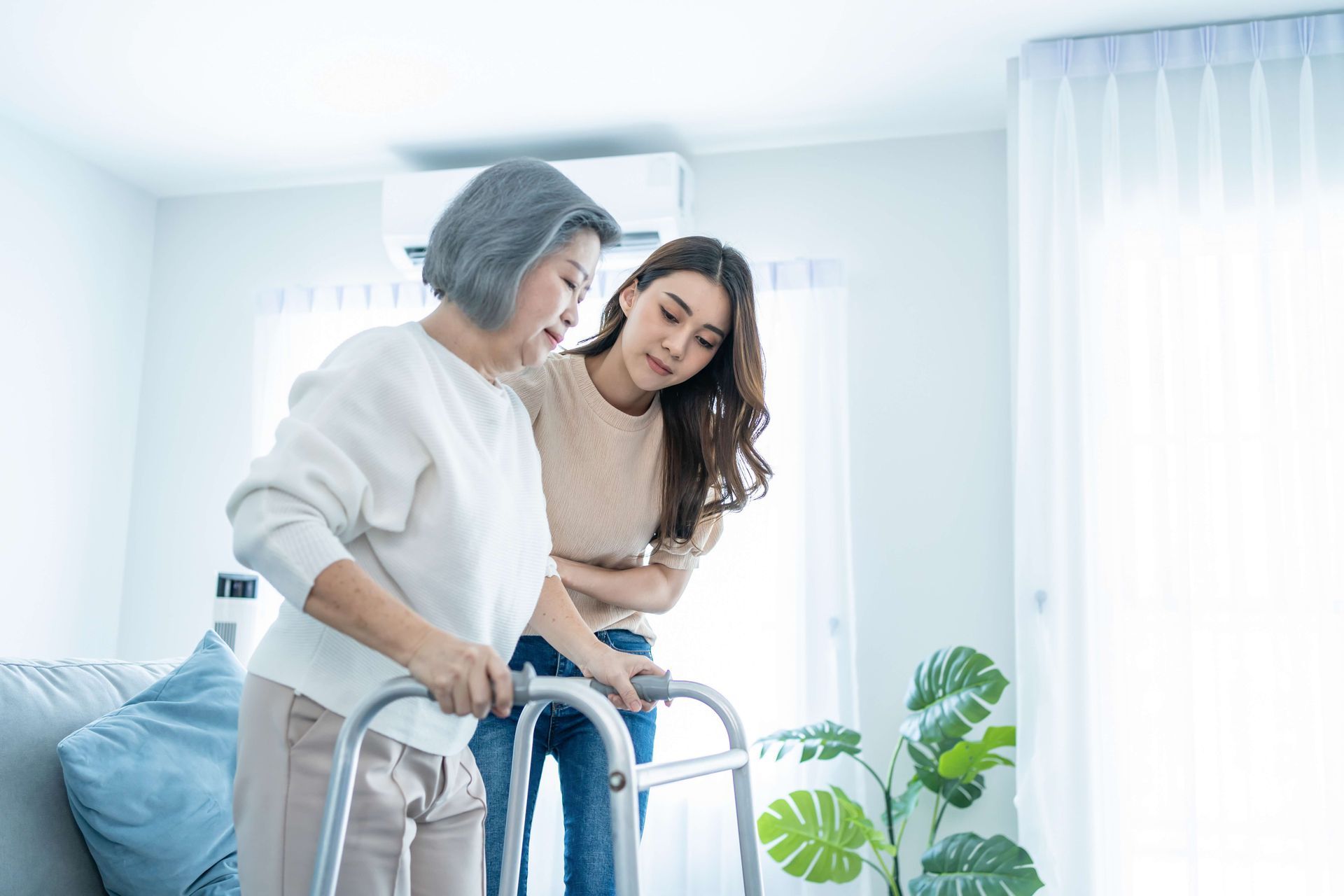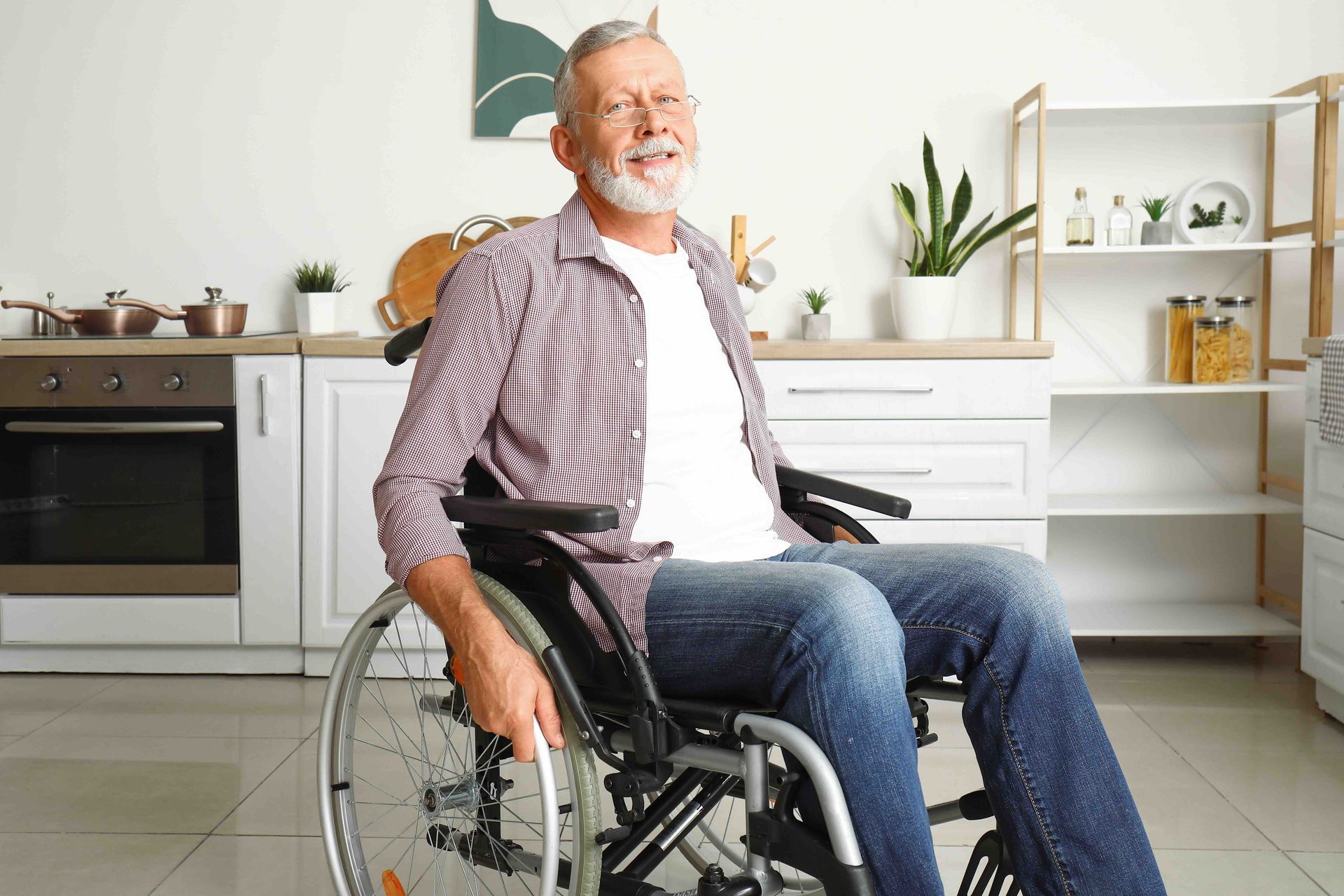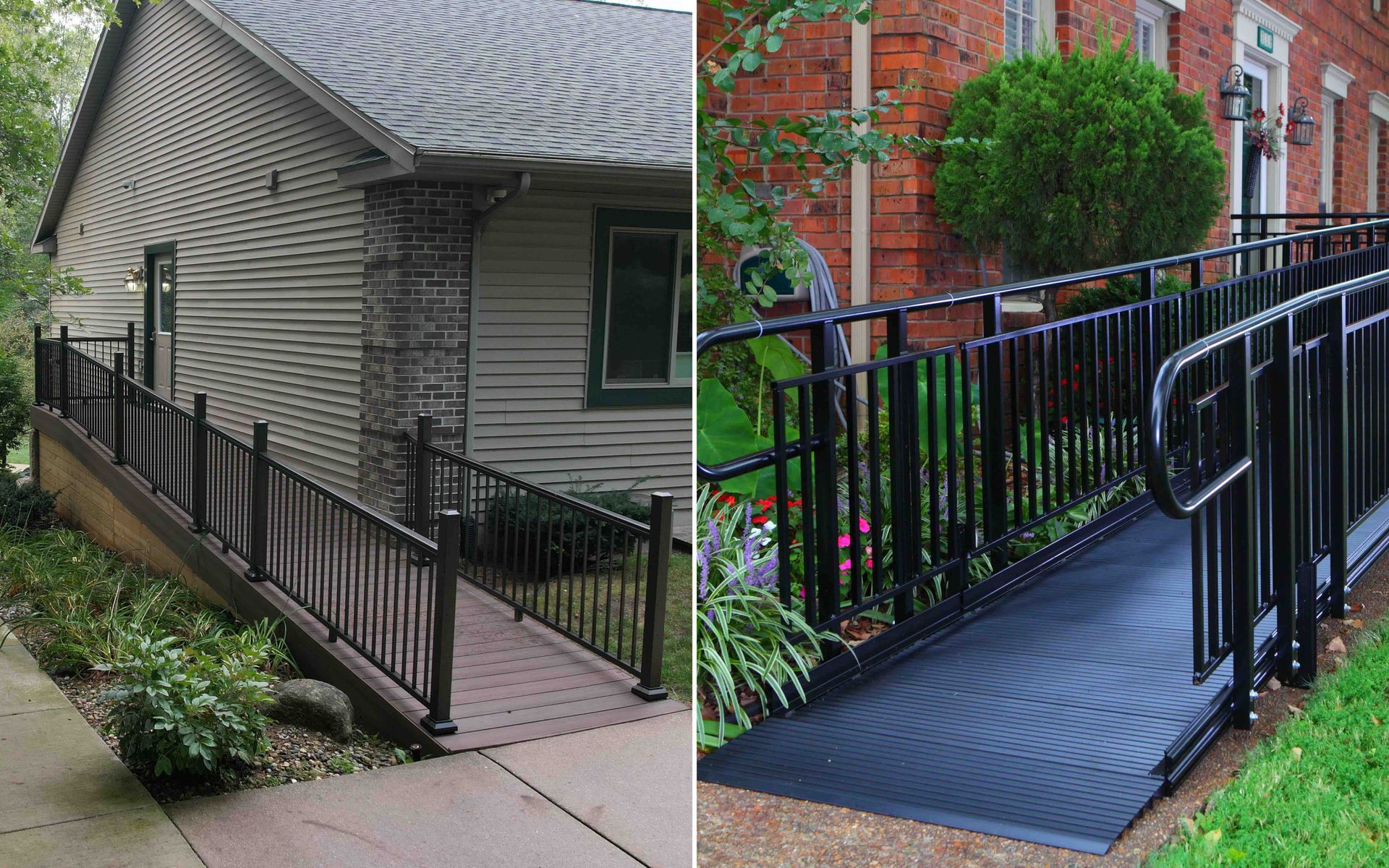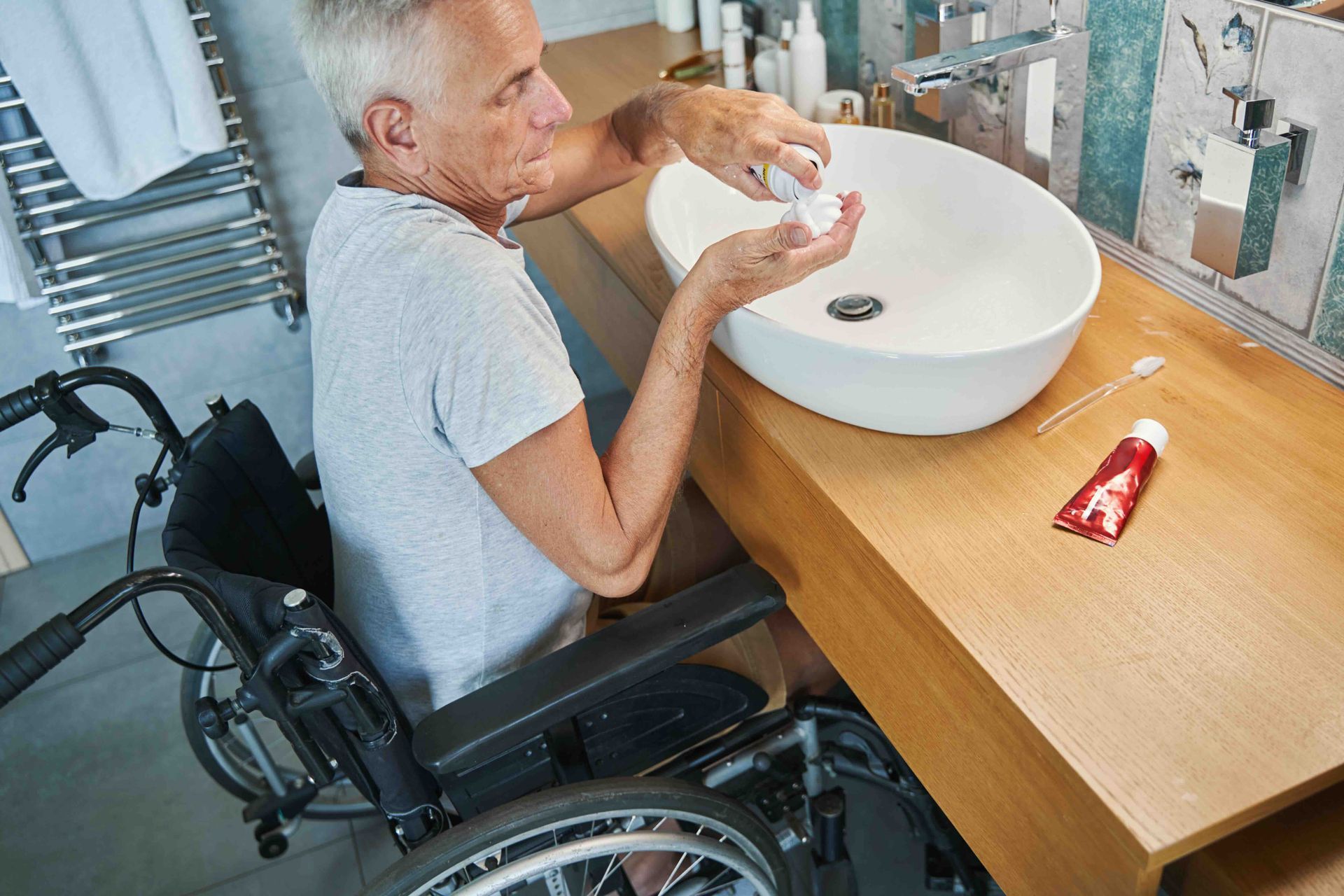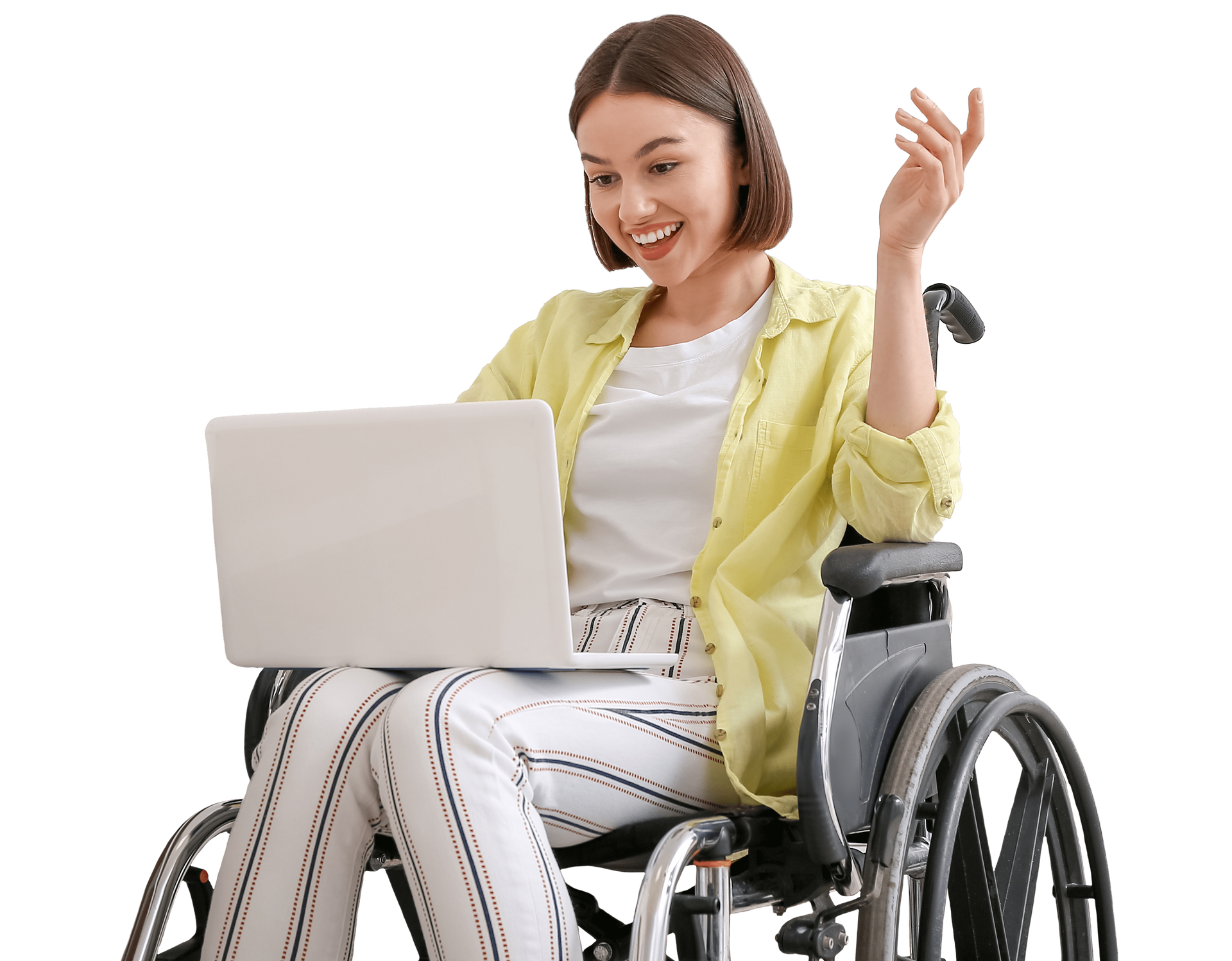As people age, they often experience changes in their ability to move comfortably and safely. These movement difficulties can affect their independence and quality of life. Barrier-free home modifications can help many of the problems related to getting around a home. The installation of patient lifts and wheelchair ramps can also alleviate many of the difficulties experienced by the elderly and the disabled.
Are you looking for an expert resource in accessible spaces, special modifications for persons with mobility challenges, and more? Contact Lakeshore Barrier Free today.
1. Reduced Balance
Older adults often struggle with balance, increasing the risk of falls.
How to Help: Encourage exercises like Tai Chi or yoga to improve balance. Remove tripping hazards at home, such as loose rugs or clutter.
2. Stiff Joints
Stiffness in joints, especially in the knees, hips, and shoulders, can make movement painful.
How to Help: Suggest gentle stretching exercises or warm compresses to ease stiffness. Consult a doctor for appropriate pain relief options.
3. Muscle Weakness
Aging can lead to a loss of muscle strength, making it harder to perform daily tasks.
How to Help: Encourage strength training with light weights or resistance bands. Ensure they eat a protein-rich diet to support muscle health.
4. Slower Walking Speed
Many older adults walk more slowly due to joint pain or muscle weakness.
How to Help: Provide a cane or walker if needed. Encourage regular walking to maintain mobility.
5. Difficulty Standing Up
Standing from a seated position can be challenging due to weak leg muscles or joint pain.
How to Help: Use chairs with armrests for support. Suggest exercises to strengthen leg muscles, like sit-to-stand repetitions.
6. Poor Coordination
Coordination issues can make tasks like buttoning a shirt or holding utensils difficult.
How to Help: Practice simple hand-eye coordination exercises, such as catching a softball or using therapy putty.
7. Tremors or Shaking
Tremors in the hands or legs can make precise movements hard.
How to Help: Consult a doctor to rule out conditions like Parkinson’s. Use weighted utensils or adaptive tools to make daily tasks easier.
8. Reduced Flexibility
Tight muscles and tendons can limit range of motion.
How to Help: Encourage daily stretching exercises. Yoga or Pilates can also improve flexibility.
9. Foot Pain
Conditions like arthritis or plantar fasciitis can make walking painful.
How to Help: Recommend supportive footwear or orthotic inserts. Soaking feet in warm water can also provide relief.
10. Difficulty Climbing Stairs
Stairs can be challenging due to weak legs or poor balance.
How to Help: Install handrails or a stairlift. Encourage exercises to strengthen leg muscles.
11. Fatigue During Movement
Older adults may tire quickly during physical activity.
How to Help: Suggest shorter, more frequent activity sessions. Ensure they stay hydrated and eat energy-boosting foods.
12. Loss of Fine Motor Skills
Tasks like writing or using small objects can become difficult.
How to Help: Practice fine motor exercises, such as picking up small objects or using therapy balls.
13. Swelling in Legs or Feet
Fluid retention can cause swelling, making movement uncomfortable.
How to Help: Elevate legs when sitting. Wear compression socks and reduce salt intake to minimize swelling.
14. Difficulty Turning or Twisting
Twisting motions can strain joints or cause dizziness.
How to Help: Encourage slow, deliberate movements. Avoid activities that require sudden twists.
15. Painful Movements
Chronic pain from conditions like arthritis can limit mobility.
How to Help: Use heat or cold therapy for pain relief. Consult a doctor for medication or physical therapy options.
16. Fear of Falling
Fear of falling can make older adults hesitant to move.
How to Help: Provide reassurance and support. Use assistive devices like walkers or canes to boost confidence. Add grab bars and slip-resistant flooring throughout the home.
17. Difficulty with Transfers
Moving from a bed to a chair or vice versa can be hard.
How to Help: Use transfer aids like grab bars or sliding boards. Practice safe transfer techniques with a caregiver.
18. Reduced Endurance
Older adults may tire quickly during physical activities.
How to Help: Encourage low-impact exercises like swimming or walking. Gradually increase activity levels over time.
19. Numbness or Tingling
Numbness in the hands or feet can affect movement.
How to Help: Consult a doctor to address underlying causes like diabetes or nerve damage. Use padded gloves or shoes for comfort.
20. Difficulty with Posture
Poor posture can lead to back pain and mobility issues.
How to Help: Practice posture exercises. Use supportive chairs and cushions to maintain proper alignment.
21. Limited Range of Motion
Joints may not move as freely as they once did.
How to Help: Perform range-of-motion exercises. Use assistive devices like reachers to grab objects.
22. Difficulty with Grip
Weak grip strength can make holding objects hard.
How to Help: Use jar openers or adaptive utensils. Practice grip-strengthening exercises with therapy balls.
23. Dizziness or Lightheadedness
Feeling dizzy can make movement unsafe.
How to Help: Stand up slowly to avoid sudden drops in blood pressure. Stay hydrated and avoid overheating.
24. Difficulty with Coordination
Tasks that require coordination, like walking and talking, can become harder.
How to Help: Practice dual-task activities, such as walking while carrying an object. Focus on one task at a time.
25. General Slowness of Movement
Older adults may move more slowly due to age-related changes.
How to Help: Be patient and allow extra time for tasks. Encourage gentle exercises to maintain mobility.
26. Difficulty with Stooping or Bending
Bending down to pick up objects or tie one's shoes can become challenging due to stiff joints or back pain.
How to Help: Use long-handled reachers or grabbers to pick up items. Encourage exercises that improve flexibility in the lower back and hamstrings.
27. Trouble with Uneven Surfaces
Walking on uneven terrain, like grass or gravel, can be difficult and increase the risk of falls.
How to Help: Use a walking stick or cane for stability. Avoid walking on uneven surfaces whenever possible.
28. Difficulty with Repetitive Movements
Repetitive tasks, like folding laundry or washing dishes, can cause fatigue or pain.
How to Help: Take frequent breaks during tasks. Use ergonomic tools to reduce strain on joints and muscles.
29. Loss of Spatial Awareness
Older adults may struggle to judge distances or navigate tight spaces.
How to Help: Remove clutter and ensure clear pathways at home. Use contrasting colors to highlight steps or edges.
30. Difficulty with Quick Movements
Sudden movements, like catching a falling object, can be hard to execute.
How to Help: Encourage slow, deliberate movements. Practice reaction exercises, such as catching a softball.
31. Pain in the Hips
Hip pain can make walking, sitting, or standing uncomfortable.
How to Help: Use cushioned seats or pillows for support. Perform gentle hip stretches and strengthening exercises.
32. Difficulty with Arm Movements
Raising arms overhead or reaching for objects can be painful or limited.
How to Help: Use adaptive tools like extended grabbers. Perform shoulder and arm stretches to improve range of motion.
33. Trouble with Multi-Step Tasks
Complex movements, like getting dressed or cooking, can become overwhelming.
How to Help: Break tasks into smaller, manageable steps. Provide verbal or physical assistance as needed.
34. Difficulty with Weight-Bearing Activities
Activities that require bearing weight, like standing for long periods, can be painful.
How to Help: Use supportive footwear and take frequent sitting breaks. Strengthen leg muscles with low-impact exercises.
35. Loss of Agility
Quick, coordinated movements, like stepping aside to avoid an obstacle, can become harder.
How to Help: Practice agility exercises, such as side-stepping or stepping over small objects.
36. Difficulty with Carrying Objects
Carrying groceries or other items can strain weak muscles or joints.
How to Help: Use a wheeled cart or bag for heavy items. Distribute weight evenly between both hands.
37. Trouble with Getting In and Out of Cars
Low car seats and limited space can make entering and exiting vehicles difficult.
How to Help: Use a car assist handle or cushion to raise the seat height. Turn the body slowly when getting in or out.
38. Difficulty with Reaching High Shelves
Reaching for items on high shelves can strain shoulders or cause a loss of balance.
How to Help: Use a step stool with a handle for support. Store frequently used items at waist level.
39. Pain in the Knees
Knee pain can make walking, climbing stairs, or standing painful.
How to Help: Use a knee brace for support. Perform low-impact exercises like swimming to strengthen knee muscles.
40. Difficulty with Pushing or Pulling
Pushing a heavy door or pulling a drawer can strain weak muscles.
How to Help: Use assistive devices like door handles or drawer pulls. Strengthen upper body muscles with light resistance training.
41. Trouble with Turning the Head
Neck stiffness can make it hard to look sideways or over the shoulder.
How to Help: Perform gentle neck stretches. Use mirrors or adaptive tools to reduce the need to turn the head.
42. Difficulty with Getting Up from the Floor
Falling and being unable to get up can be a serious concern.
How to Help: Practice safe techniques for getting up from the floor. Use a sturdy chair or furniture for support.
43. Pain in the Lower Back
Lower back pain can limit movement and make daily tasks uncomfortable.
How to Help: Use lumbar support cushions. Perform gentle back stretches and core-strengthening exercises.
44. Difficulty with Hand-Eye Coordination
Tasks like threading a needle or catching a ball can become harder.
How to Help: Practice hand-eye coordination exercises, such as tossing a ball or playing simple video games.
45. Trouble with Walking Long Distances
Walking for extended periods can cause fatigue or pain.
How to Help: Use a walker or rollator for support. Take frequent breaks and stay hydrated.
46. Difficulty with Getting Dressed
Putting on clothes, especially tight-fitting items, can be challenging.
How to Help: Use adaptive clothing with Velcro or elastic closures. Provide dressing aids like button hooks or long-handled shoe horns.
47. Pain in the Shoulders
Shoulder pain can limit arm movement and make tasks like brushing hair difficult.
How to Help: Perform gentle shoulder stretches. Use adaptive tools like long-handled brushes.
48. Difficulty with Opening Jars or Bottles
Weak grip strength can make opening containers hard.
How to Help: Use jar openers or rubber grips for better traction. Practice grip-strengthening exercises.
49. Trouble with Maintaining a Steady Pace
Older adults may struggle to maintain a consistent walking speed.
How to Help: Use a metronome or music with a steady beat to practice walking at a consistent pace.
50. Difficulty with Getting OUT OF BED
Morning stiffness or weakness can make getting out of bed challenging.
How to Help: Use a bed rail or assistive device for support. Perform gentle stretches before getting up.
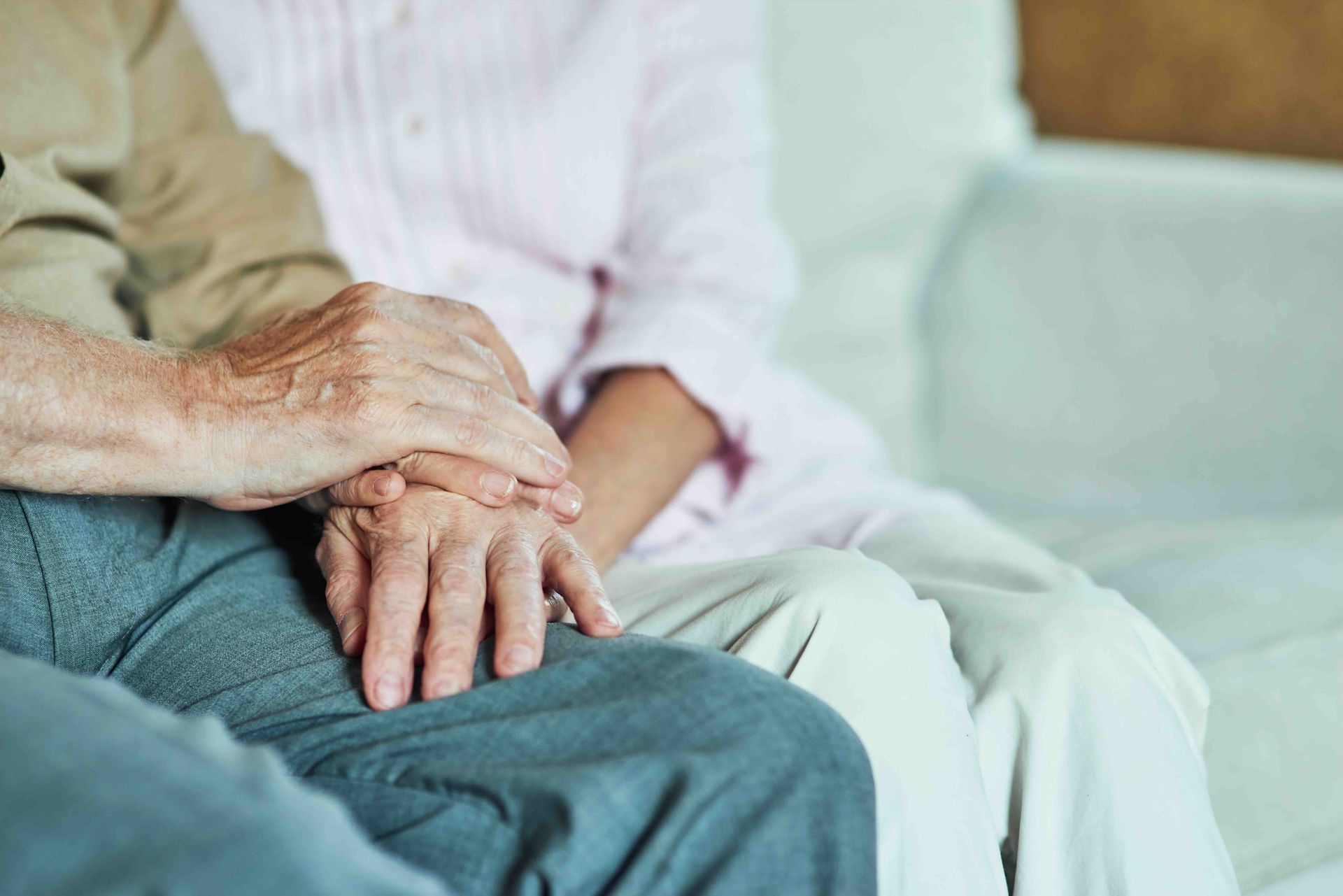
Key Takeaways
Movement difficulties are a common part of aging, but there are many ways to help older adults stay active and independent. By understanding these challenges and providing appropriate support, caregivers and loved ones can make a significant difference in their quality of life. We can also help make the living situation more accessible for easier mobility and independent living. Contact us at (616) 477-2685 for an environmental access consultation.
TALK TO THE EXPERTS OF LAKESHORE BARRIER FREE TODAY!
We believe that everyone should have access to every area of their home! We work directly with you to make sure that every grab bar, bathroom sink, kitchen countertop, patient lift, and more is at the perfect location for you and your loved ones. Call us at
(616) 477-2685 or email us at
Info@LakeshoreBarrierFree.com
Share this blog


